Have you ever found yourself in a situation where knowing someone’s location could give you peace of mind or even ensure their safety? The technology to locate a phone number on a map is more accessible than you might think. With the right phone location tracker, you can easily find where a loved one is or where you left your phone. Let’s dive into how this technology works and its benefits.
What is Phone Number Location Tracking on Map?
Phone number location tracking on Google Map is a technology that allows you to pinpoint the geographical position of a mobile phone. This is done through GPS technology or by using the mobile network signal to track the current location of the mobile number on Google Map. It’s a handy way to keep tabs on the whereabouts of friends and family or locate a lost device.
Moreover, with the advancement of technology, some specialized apps and services can help you track a phone number on Google Maps in real-time. These apps use techniques like Wi-Fi triangulation and GPS tracking to provide accurate location data.
5 Advantages of Locating Phone Number on Google Map
1. Peace of Mind for Parents
One of the most significant advantages of knowing how to trace a phone number with Google Maps is for parents who want to keep tabs on their children’s whereabouts. In today’s fast-paced world, constantly checking in with your child and ensuring their safety can be challenging. With phone number location tracking, you can easily see where they are on a map and have peace of mind.
2. Enhanced Safety and Security for Loved Ones
In case of an emergency, being able to locate a loved one’s phone number on Google Map can be lifesaving. You can quickly track their location and assist if they are lost or in danger. This is especially useful for elderly family members or those with health conditions that may require immediate attention.
3. Lost Device Recovery
Need help finding your phone? With Google Map phone number tracker, finding it becomes much easier. You can even remotely lock or erase your device to protect sensitive information. This feature is handy when you misplace your phone or if it gets stolen.
4. Monitoring and Managing Deliveries
Businesses can use this technology to monitor delivery routes better and manage customer expectations. By tracking the location of delivery drivers, companies can provide accurate ETAs to customers and quickly reroute deliveries if there are unexpected delays. This ultimately leads to improved customer satisfaction and loyalty.
5. Efficiency in Coordination
Planning meet-ups or ensuring a group sticks together during outings becomes hassle-free when you can track everyone’s location. This is particularly useful for large events, company retreats, or family vacations. It eliminates the need for constant checking in and minimizes the chances of anyone getting lost.
Best Tools to Track a Phone With Google Map
Several tools integrate seamlessly with Google Map to offer precise location tracking services. These include dedicated mobile apps that allow you to effortlessly track the current location of mobile numbers on Google Maps. Some of the best tools for phone location tracking on Google Maps include:
- Google Maps: The most basic tool for locating a phone number on Google Map is the app itself. You can enter the number in the search bar and see the location.
- Find My Device (Android) or Find My iPhone (iOS): These built-in apps allow tracking your lost or stolen device on Google Map.
- Scannero.io: This website offers a user-friendly and efficient way to track phone numbers on Google Maps. With its advanced features, you can see the location history of the tracked device and get real-time updates.
- mSpy.com: This is a comprehensive phone tracking tool that offers real-time GPS tracking, call monitoring, and web browsing history, among other features.
- Moniterro.com: This app provides accurate location tracking and offers extra features like geofencing and panic alerts. It is perfect for parents who want to keep a close eye on their children’s movements.
We recommend researching and comparing different tools to find the one best suits your needs. With the right location tracker, you can have peace of mind and enhance the safety of your loved ones.
Step-by-Step Guide to Locating a Phone Number on Google Map
How exactly do you locate a phone number with Google Maps? Here’s a quick guide to help you get started:
- Choose a Reliable Tracking App: Select an app that suits your needs and is compatible with your device.
- Install and Set Up: Follow the installation instructions and grant the app permission to access location services.
- Enter the Phone Number: Input the phone number you wish to track. Some apps require you to have consent from the person you’re tracking.
- View the Location: The app will display the phone’s location on Google Map, allowing you to see their current or last known position.
This process simplifies how to use Google Maps to track someone, making it accessible for anyone who needs to use the service.
How to Balance the Benefits with Privacy?
While location tracking on Google Map has its benefits, it’s essential to balance them with privacy concerns. Here are some tips to help you maintain a healthy balance:
- Get Consent: If you plan on using a tracking app for someone else’s phone, make sure to get their consent first.
- Set Boundaries: Discuss boundaries and limitations with the person you’re tracking. Please make sure they are comfortable with the level of location sharing.
- Be Selective: Avoid constantly monitoring someone’s location unless necessary. Give them privacy and trust in their judgment.
- Use Reliable Apps: Choose apps from reputable developers to ensure your data is secure and not misused.
Respecting privacy and using location tracking responsibly ensures this technology remains a helpful resource rather than an invasive tool.
Conclusion
The ability to track phone number on Google Map has transformed how we ensure the safety of our loved ones, recover lost devices, and even streamline business operations. With the right tools and a responsible approach to privacy, this technology offers significant benefits that make our lives easier and more secure. Whether you’re keeping an eye on your children, coordinating with friends, or managing deliveries, understanding how to harness the power of Google Map phone number location tracking can be a game-changer.














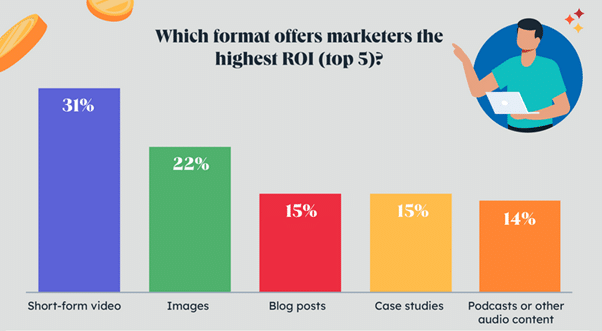
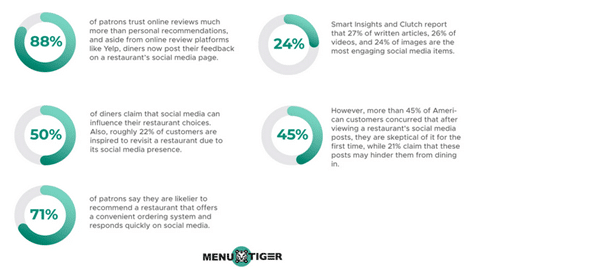
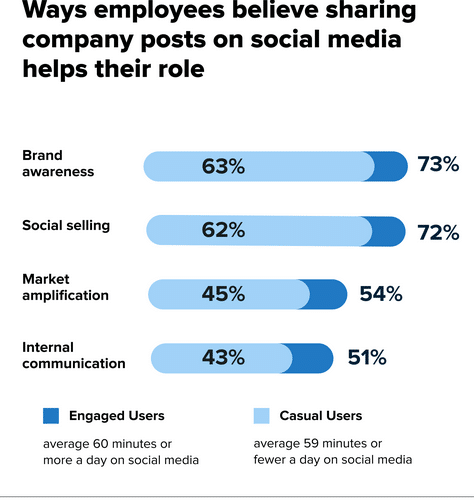

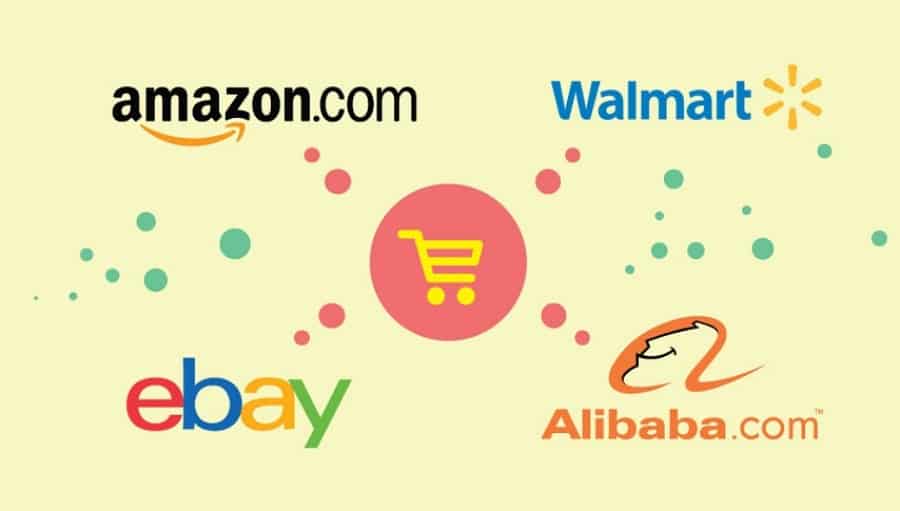

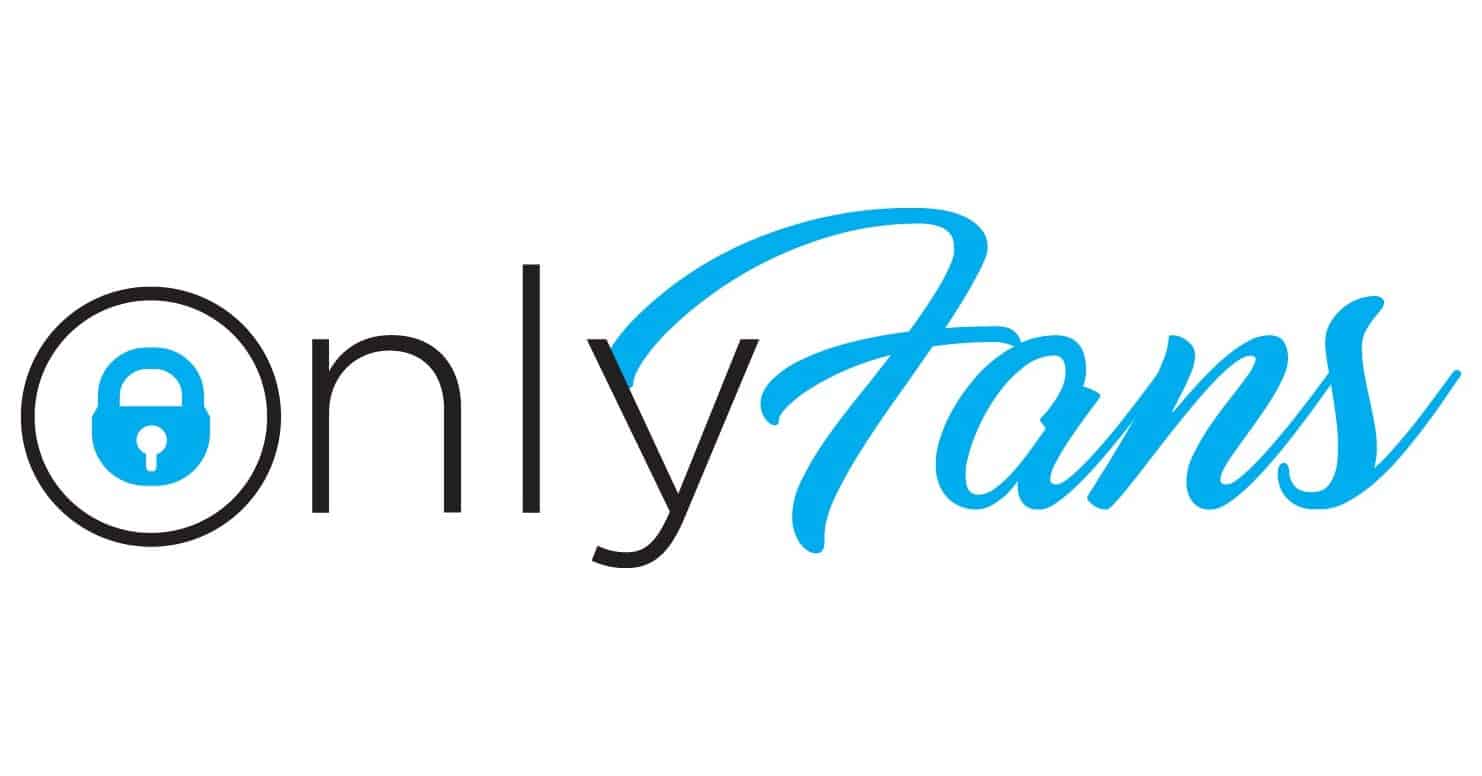












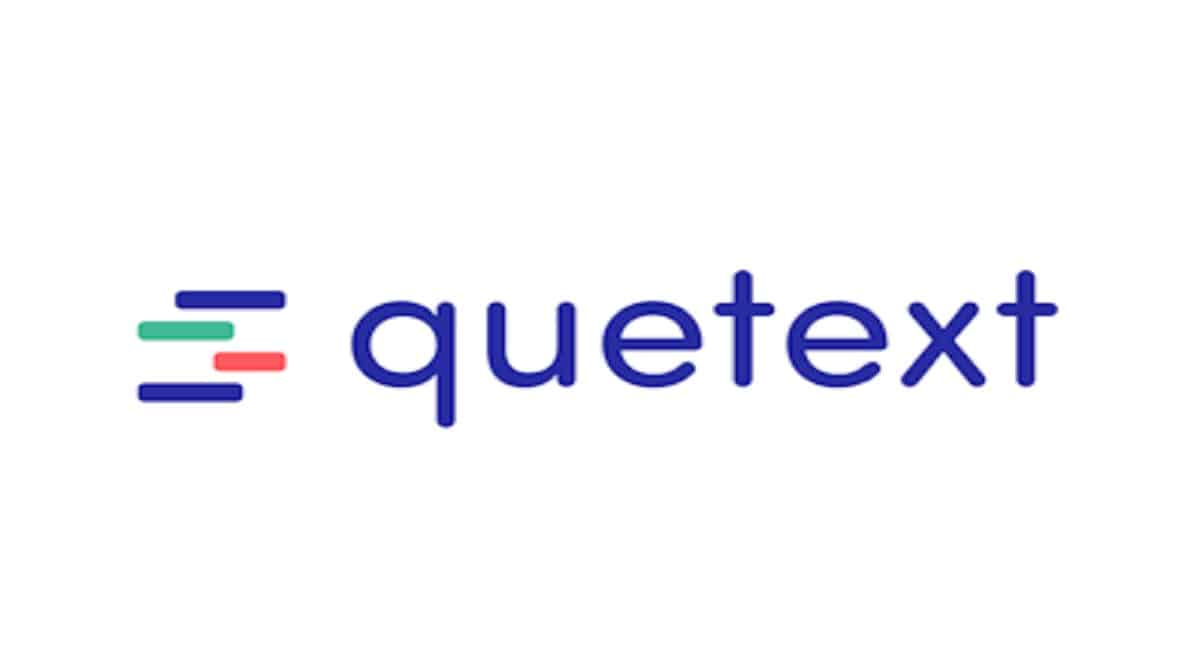
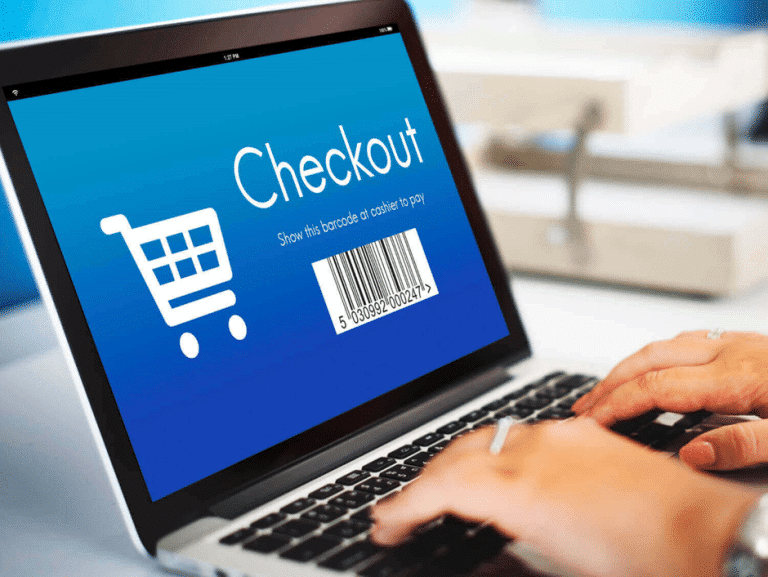
 An optimised checkout process improves customer experience and yields more sales. A seamless experience lowers conflict, drastically reduces cart abandonment, and increases conversion rates. Consumers prefer checkout systems that are safe and efficient. Optimising these processes will directly impact your business’s net income. Increase efficiency and security with the
An optimised checkout process improves customer experience and yields more sales. A seamless experience lowers conflict, drastically reduces cart abandonment, and increases conversion rates. Consumers prefer checkout systems that are safe and efficient. Optimising these processes will directly impact your business’s net income. Increase efficiency and security with the 

